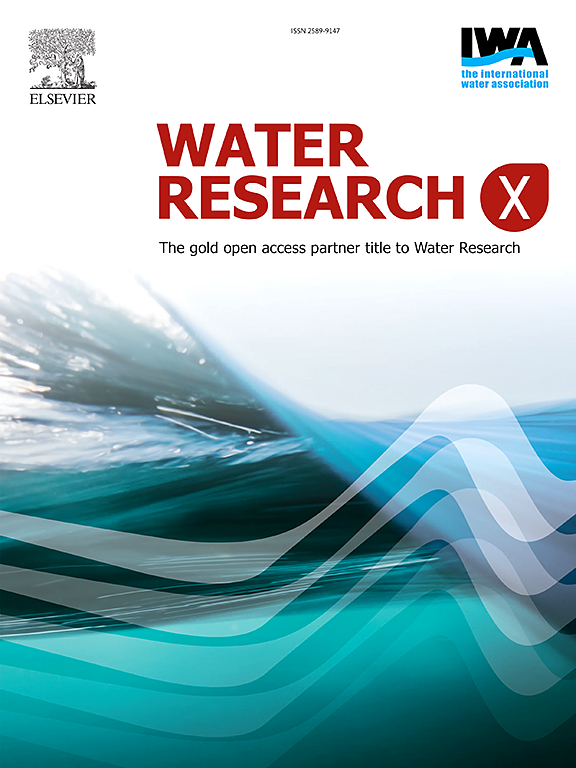Optimization of wet acid phosphorus extraction from sewage sludge ash: Assessment of main influencing factors using an empirical model
IF 8.2
2区 环境科学与生态学
Q1 ENGINEERING, ENVIRONMENTAL
引用次数: 0
Abstract
This research investigates the primary factor influencing the phosphorus extraction efficiency (PEE) from incinerated sewage sludge ash (ISSA) using hydrochloric acid (HCl) as the extracting agent. A comprehensive database, comprising both literature and new experimental data, was developed to support the creation of a robust regression model. Based on 152 data sets, this model showed a high coefficient of determination (R² = 0.86), indicating a solid fit. Key findings revealed that the acid concentration (CHCl) had the most significant effect on PEE, followed by the liquid-to-solid ratio (L/S) and contact time (t). The model's predictive accuracy was validated with an R² of 0.75 and a Pearson correlation (r) of 0.96, confirming its reliability. The model effectively predicts PEE for ISSA with moderate calcium content (6–12 %) and offers valuable insights into the process, providing guidelines for optimizing the configuration of process parameters. Optimal conditions for achieving high PEE (> 80 %) with acceptable acid costs (0.30–0.35 €/kg Pextracted) are expected from an extraction variable (X) of 3.8 and at a moderate CHCl (3–4 mol/L) & L/S ratio (2–3 L/kg). Still, the model's applicability is limited by the quality of the data, particularly for ashes with high calcium content. Further research is required to expand the database and enhance model accuracy, particularly for optimizing the phosphorus recovery process using wet acid extraction at an industrial scale.

污泥灰湿法酸提磷工艺优化:主要影响因素实证模型评价
研究了以盐酸(HCl)为萃取剂对焚烧污泥灰(ISSA)中磷的萃取效率(PEE)的主要影响因素。一个全面的数据库,包括文献和新的实验数据,被开发,以支持创建一个稳健的回归模型。基于152个数据集,该模型显示出较高的决定系数(R²= 0.86),表明该模型是可靠的拟合。关键结果表明,酸浓度(CHCl)对PEE的影响最为显著,其次是液固比(L/S)和接触时间(t)。模型的预测精度R²为0.75,Pearson相关R为0.96,证实了模型的可靠性。该模型有效地预测了中等钙含量(6 - 12%)ISSA的PEE,并为该工艺提供了有价值的见解,为优化工艺参数配置提供了指导。获得高PEE (>)的最佳条件;80%),可接受的酸成本(0.30-0.35欧元/公斤提取),提取变量(X)为3.8,中等CHCl (3-4 mol/L) &;L/S比(2-3 L/kg)。然而,该模型的适用性受到数据质量的限制,特别是对于钙含量高的灰烬。需要进一步的研究来扩展数据库并提高模型的准确性,特别是在工业规模上优化使用湿酸萃取法回收磷的过程。
本文章由计算机程序翻译,如有差异,请以英文原文为准。
求助全文
约1分钟内获得全文
求助全文
来源期刊

Water Research X
Environmental Science-Water Science and Technology
CiteScore
12.30
自引率
1.30%
发文量
19
期刊介绍:
Water Research X is a sister journal of Water Research, which follows a Gold Open Access model. It focuses on publishing concise, letter-style research papers, visionary perspectives and editorials, as well as mini-reviews on emerging topics. The Journal invites contributions from researchers worldwide on various aspects of the science and technology related to the human impact on the water cycle, water quality, and its global management.
 求助内容:
求助内容: 应助结果提醒方式:
应助结果提醒方式:


